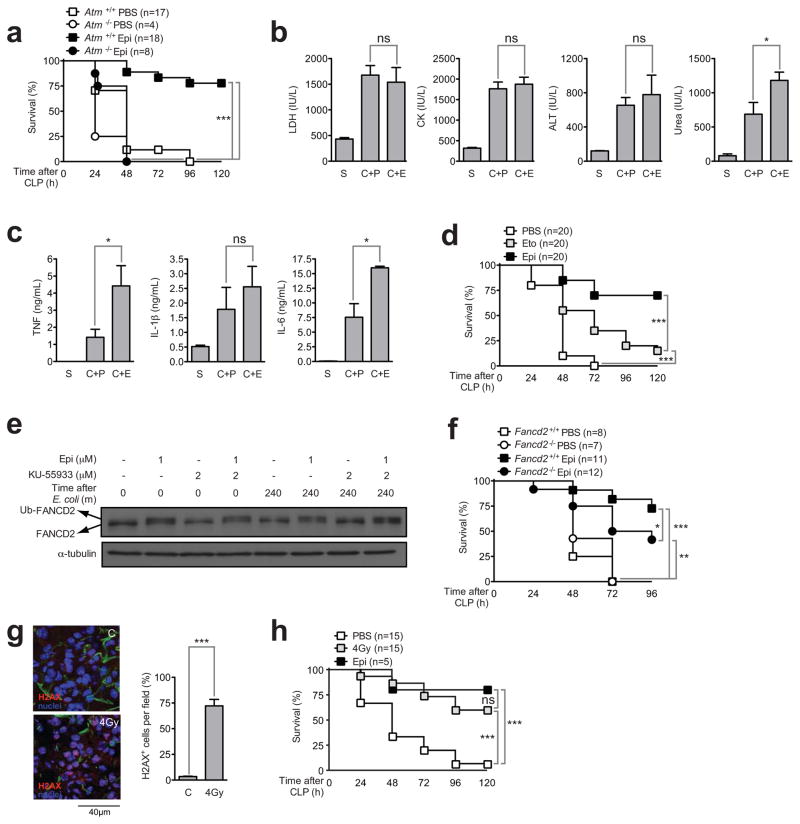Figure 3. The protection afforded by epirubicin against severe sepsis is mediated by ATM.
(a) Survival of Atm+/+ and Atm−/− C57BL/6 animals subjected to CLP and treated with PBS or epirubicin (Epi) with same schedule and dose as in fig 1. (b) LDH, CK, ALT, urea and (c) TNF, IL-1β and IL-6 plasma concentrations in Atm−/− C57BL/6 animals 24 hours after mock CLP (S) (n=2) or CLP followed by treatment with PBS (C+P) (n=8) or epirubicin (C+E) (n=8) as in (a). Results shown represent arithmetic means ± SEM from triplicate readings per animal. (d) Survival of PBS-, etoposide (Eto)-, and epirubicin (Epi)-treated wild-type C57BL/6 animals undergoing CLP. Etoposide dose was 2μg/g body weight. Treatment schedule as in (a). (e) FANCD2 and Ub-FANCD2 protein levels by immunoblotting in THP-1 cells following E. coli challenge after a pre-incubation (1 hour) with carrier, epirubicin or KU-55933 as indicated. (f) Survival of Fancd2+/+ and Fancd2−/− animals subjected to CLP and treated with PBS or epirubicin (Epi) with same schedule and dose as in (a). (g) Representative sections of γH2AX staining and percentage of γH2AX+ cells per field (right panel) in lungs isolated 1 hour after mice were subjected to whole body γ irradiation (4 Gy). Results shown represent arithmetic means ± SD from 3 fields. (h) Survival of C57BL/6 wild-type animals subjected to CLP following whole body γ irradiation (4Gy) or treated with carrier (PBS) or epirubicin (Epi) as in (a). ns, not significant; *P<0.05; **P<0.01; ***P<0.001 (log-rank (Mantel-Cox) test for (a), (d), (f) and (h) and unpaired t test for (b), (c) and (g)). See also Figure S3 and Table S2.

